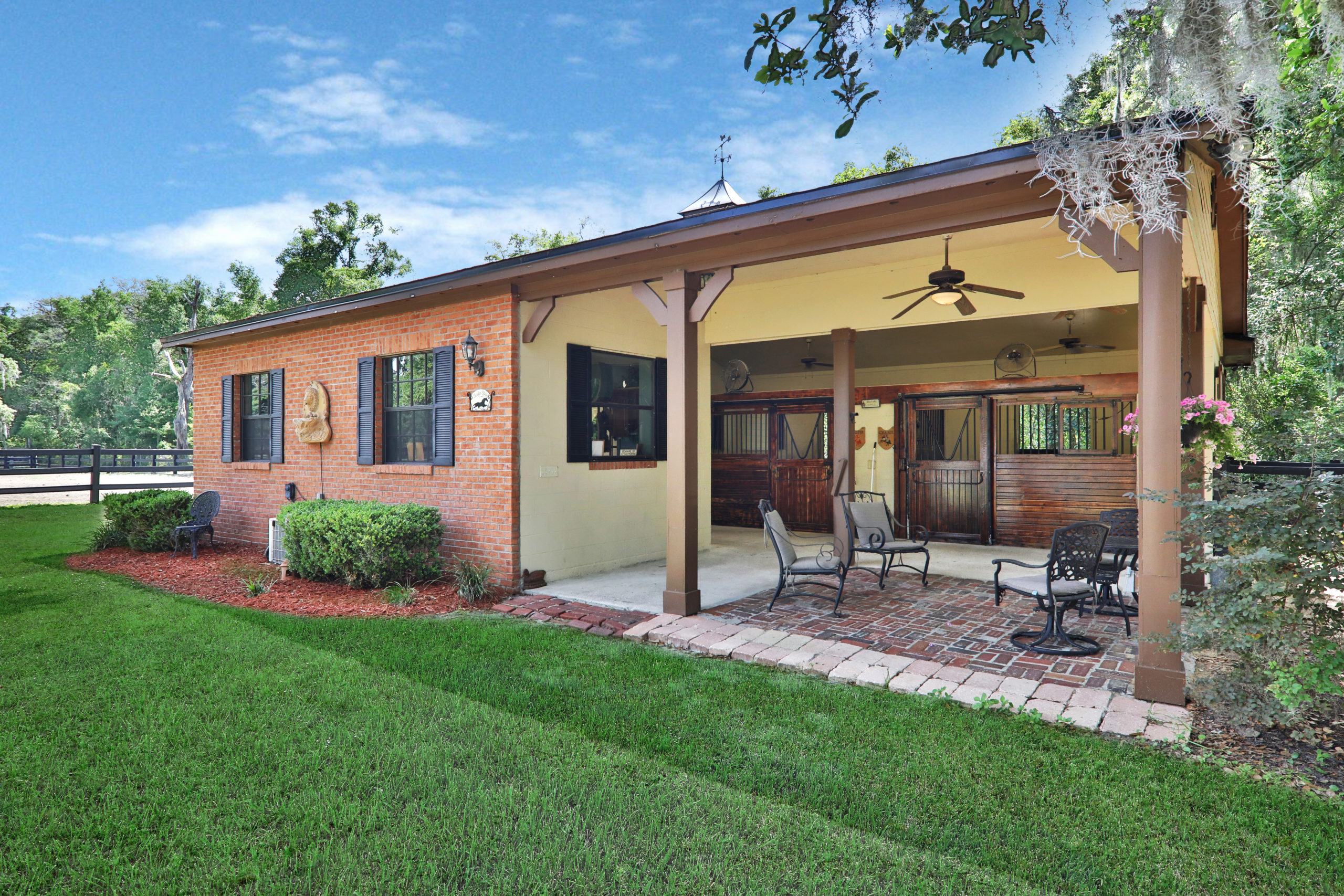Unwanted squatters often choose horse barns as homes because they offer food, water, and protection from adverse weather and predators. These tenants can include rats, squirrels, woodchucks, chipmunks, mice, birds, snakes, and even bears. They can transmit West Nile Virus Disease, rabies, Potomac Horse Fever, or salmonella, a bacterial infection contracted by horses orally through tainted feed or water. They also cause damage by chewing through wood and metal and digging tunnels under stall mats
It is far easier to prevent pests from moving into the barn in the first place than to handle the infestation later. While there are many wild-life control methods, never use poisons in a horse barn. Poisoned pests who may die hid-den under a floor or in a wall are health hazards to horses, people, and other animals that may eat them. And, when they decay in hidden spaces, the resulting horrible smells can be difficult to eliminate, and they can endure for a long time. Mouse or rat traps are dangers to dogs, cats, and even children.
WHAT TO DO?
Eliminate External Food Sources
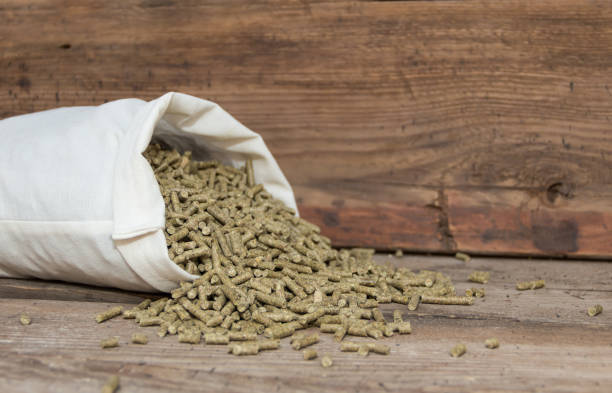
Spilled grain and feed are a smorgasbord for vermin, so always store grain in heavy-weight containers. Food sources extend to more than grain; rodents feasting on grain provide a favorite meal for snakes. Also, garbage cans invite hungry critters. Keep food waste in sealable trashcans
Manage Free-flowing and Open Water Sources
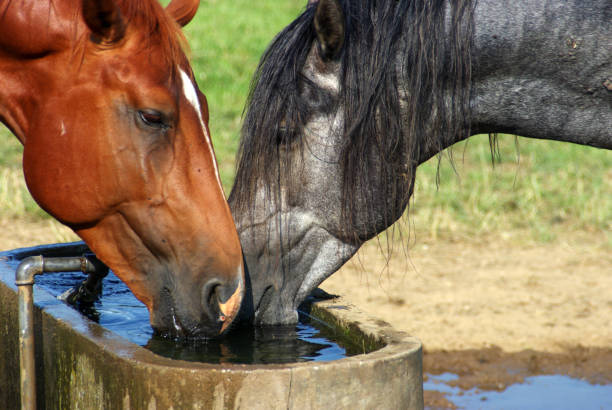
Visiting wildlife is also drawn to sources of water. Water buckets on the floor are an open invitation. Mice and snakes are encouraged to drink, and they often fall in and drown. The best way to water horses without sharing with unwanted visitors is to install automatic waterers. Also, try to clean up spills because even the smallest puddle offers wildlife a drink. Doors should not have gaps that allow small animals entrance.
Control Structural Issues
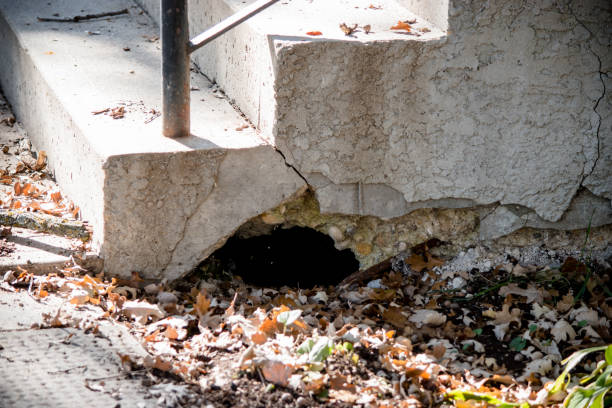
Burying chicken wire or net-ting around the exterior can block animals from digging under a wall exterior, buried into the ground. Avoid easy access to soffits by keeping bushes and trees from overhanging the barn. Chipmunks, squirrels, and raccoons are all adept at leaping from a branch onto a roof. High, flat surfaces are welcoming nesting sites for birds. For example, flat-topped posts invite swallow nests. Pyramid-shaped wood or metal in these spots will deter nestbuilding
Employ Barn Pets
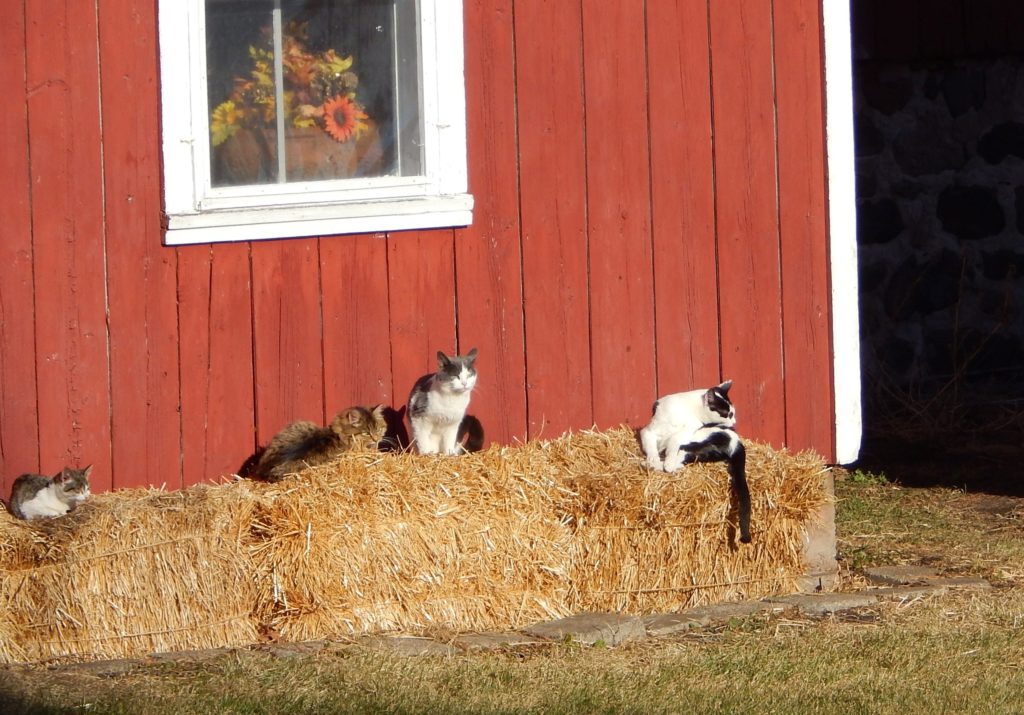
Lastly, barn cats and dogs can be on duty guarding against mice, rats, and other unwanted visitors, including snakes.
Again, preventing unwanted pests in the first place is more efficient than resolving the problem later. But if an infestation happens, it is easier to manage invaders if you take action immediately, rather than give the new tenants time to settle in.

